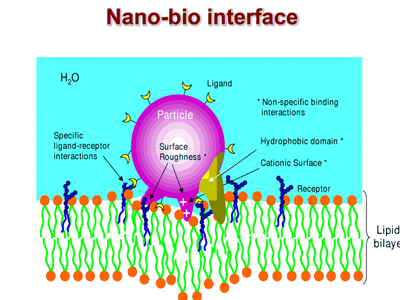Interdisciplinary Team Focuses on Nanotechnologies to Treat Water
A multi-disciplinary group of chemists, biologists, ecologists, and material scientists met on campus October 22 and 23 to discuss “Applications of Nano-bio Interfaces in Water Treatment, Analytics, and Energy Production.” Led by Ponisseril Somasundaran, LaVon Duddleson Krumb Professor of Mineral Engineering at Columbia Engineering, and Ray Sambrotto, Lamont Associate Research Professor at Columbia’s Lamont-Doherty Earth Observatory, the group examined the role that emerging technologies, based on surfaces activated with selected proteins, could play in making environmental services cheaper and more effective. Potential applications range from wastewater and solids remediation, clean drinking water supply, to renewable energy sources—all major challenges especially in developing economies around the world.

The group reviewed the status of protein production and mechanistic characterization, both in isolated proteins, as well as in vivo, based on information from NMR (nuclear magnetic resonance), genetic, and surfactant studies. They also discussed current capabilities in microbial energy production and enzyme-based analytical work. Somasundaran noted that they will be looking at how to develop nutrient-binding proteins that can both treat wastewater and serve as sensors of heavy metals and toxins, as well as oxidases for waste clean-up and transporters for water conditioning and energy production. They will also be examining how to match the biological functions with appropriate surfaces that can scale to applications large enough to be tested at existing project sites. The workshop was sponsored by Columbia’s Earth Institute.
